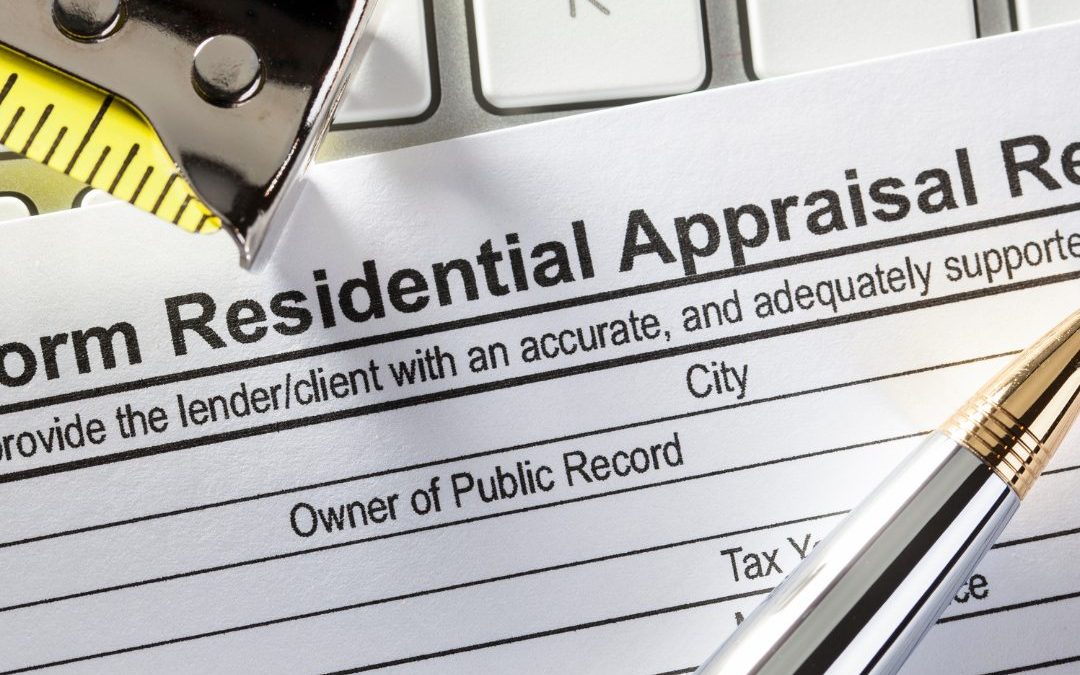When it comes to appraisal reports, many of people have a tend to fast-forward to the final value estimate, akin to flipping to the end of an intriguing book to uncover the ending. However, the true value of an appraisal report extends far beyond the final number; it unravels the story behind a property’s worth, offering an in-depth perspective that can be instrumental to real estate transactions. Rooted in the guidelines set by the Uniform Standards of Professional Appraisal Practice (USPAP), an appraisal report is much more than a simple figure—it’s a comprehensive analysis of the factors contributing to a property’s value. Let’s delve into the fascinating world of the Appraisal Report and its pivotal role in real estate processes.
Understanding an Appraisal Report
A USPAP-compliant Appraisal Report is a comprehensive document detailing an appraiser’s professional opinion of a property’s value. This report is prepared through diligent research, comprehensive data analysis, detailed evaluation of the property’s features, assessment of comparable property prices, and thorough study of broader market conditions, all in line with USPAP standards. The goal is to establish a reliable and defensible value that serves as a guiding light for real estate transactions and legal settlements.
The role of a professional real estate appraiser, adhering to USPAP standards, in creating this report is central. Their expert knowledge, in-depth understanding of valuation methodologies, and unbiased approach equip them to provide an accurate and fair valuation of a property. Their duty is to ensure that all parties involved in a transaction or dispute are presented with a thorough and precise representation of a property’s worth. The Appraisal Report, a comprehensive reflection of their diligent and detail-oriented work, stands as a testament to the integrity and accuracy demanded by USPAP guidelines.
In the next section, we’ll dissect the key components of a USPAP-compliant Appraisal Report and explore the valuable insights they offer into a property’s value.
Key Components of a USPAP-compliant Appraisal Report
An Appraisal Report comprises various sections, each providing a different lens through which to understand a property’s value. These components, when collectively examined, offer a well-rounded view of the property in question. Let’s dissect the key components that make up a typical Appraisal Report:
- Client and Other Intended Users: This section identifies who commissioned the appraisal and who else may be authorized to use it. This could include parties involved in the transaction or dispute. Check out our earlier post for more details: https://bit.ly/client-intended-user
- Intended Use: The purpose of the appraisal is clarified here, which can vary from aiding in a real estate transaction, informing a legal dispute, assisting in estate planning, or facilitating taxation matters.
- Type and Definition of Value: Here, the appraiser specifies the kind of value being estimated, such as market value, investment value, or liquidation value, each of which offers a different perspective on a property’s worth.
- Effective Date of the Appraisal: The effective date, which is the date on which the property’s value is appraised, is a critical detail in the appraisal report, particularly when it comes to litigation-related appraisals. Property values are not static but fluctuate over time due to a multitude of factors, including changes in the real estate market, neighborhood developments, or improvements to the property itself. For litigation purposes, the effective date holds significant weight. For instance, in cases of estate settlement or divorce proceedings, the effective date can be the date of death in the former and the date of separation in the latter. The importance of the effective date is not just limited to reflecting the condition of the property and the status of the local real estate market at a certain point in time, but also acts as a chronological marker for legally significant events. Furthermore, it’s worth noting that the appraisal report offers a snapshot of a property’s value as of the effective date. It provides some guidance for future value but is not a predictive tool or a guarantee of future worth. The value estimated in the report is bound by the conditions and circumstances prevalent on the effective date, and changes in those conditions could lead to a different value conclusion at a later date. This underlines the importance of the effective date in the appraisal report, especially in legal contexts, where the timing of events can have substantial implications on property value and division.
- Subject Property and Ownership Interest: This section describes the property being appraised and the nature of the ownership interest being appraised, such as fee simple, leasehold interest, or a partial interest.
- Property Use (Current and Projected): Details on the current use of the property and any projected or potential future uses can impact the property’s value and are noted here.
- Area/Neighborhood/Market Analysis: The value of a property is influenced significantly by its surroundings, and this section of the appraisal report delves into those aspects. The area or neighborhood analysis considers a property’s location and the attributes of its neighborhood such as proximity to amenities, schools, parks, public transportation, and major employment centers. The market analysis goes a step further, studying the broader real estate market trends in the area, such as supply and demand dynamics, pricing trends, and the pace of sales. Together, these aspects paint a comprehensive picture of the external factors influencing a property’s value.
- Site (Property) Analysis: A detailed analysis of the property itself, including its physical characteristics, such as size, topography, available utilities, and zoning classifications.
- Description of Improvements: Details about structures or improvements on the property, including their condition, quality, and age, are outlined in this section.
- Highest and Best Use Analysis: This section evaluates the property’s most profitable, legally permissible, physically possible, and maximally productive use.
- Approaches to Value: The appraiser uses one or more established methodologies to arrive at a property’s value. The cost approach estimates the cost to reproduce or replace the improvements, minus all forms of depreciation, plus the value of the land. The sales comparison approach compares the subject property with similar properties that have recently sold in the area, adjusting for differences to arrive at a value. The income capitalization approach, usually applied for investment or commercial properties, determines value based on the income the property can generate. In this section of the report, the appraiser explains which approach(es) were used and why they were chosen. The chosen method depends on the type of property, its use, and the availability of data. It’s not uncommon for multiple approaches to be used and reconciled to conclude a final value estimate, ensuring a more robust and reliable valuation.
- Reconciliation of Value Indications and Final Opinion of Value: This is where the appraiser brings together data from various approaches, reconciling any differences to reach a final, justifiable value estimate.
- Assumptions and Limiting Conditions: This section outlines any assumptions or limiting conditions that may have influenced the appraisal process or the resulting value.
- Certification and Signature: The appraiser attests that they have followed USPAP guidelines in conducting the appraisal and preparing the report and signs the document to confirm its accuracy.
Each of these components provides a detailed layer to the understanding of a property’s value, fulfilling the USPAP’s commitment to integrity, objectivity, and consistency in the appraisal process.
Why the Appraisal Report Matters
The significance of an accurate and thorough appraisal report can’t be overstated. It offers an unbiased, professional valuation that contributes to the transparency and fairness of real estate transactions and settlements. It helps mitigate risk for buyers, sellers, lenders, and other stakeholders by providing an objective analysis of a property’s worth.
Beyond immediate transactions, it serves as an essential tool for financial planning and decision-making. For legal professionals, an appraisal report is a vital piece of evidence, assisting in matters like litigation, divorce settlements, and estate planning.
Conclusion
The importance of an appraisal report transcends its conclusion—the final opinion of value. It’s akin to understanding that a book is more than just its ending. Each element within the report offers an insight into the various factors that shape a property’s worth. From understanding the importance of the effective date in the report, to considering the impact of local market trends on a property’s value, each detail matters.
When you next encounter an appraisal report, rather than just skipping to the final value, take a moment to explore the rich insights that lie within. Each section tells a unique part of your property’s story, helping you to understand not just its current worth, but also the broader factors influencing its value. Remember, an appraisal report is more than a tool—it’s a detailed narrative of your property, revealing insights that only an expert appraisal can provide. The true value of an appraisal lies in understanding this narrative in its entirety. Let this knowledge guide your decisions, ensuring you approach real estate transactions and legal processes with confidence and clarity.
If you find yourself with questions or in need of expert guidance, remember that professional appraisers are here to help. We interpret your property’s story, ready to guide you in making well-informed decisions. Please reach out to us at AcadianaAppraisals@gmail.com or 337.366.9927 if we can be of assistance.

